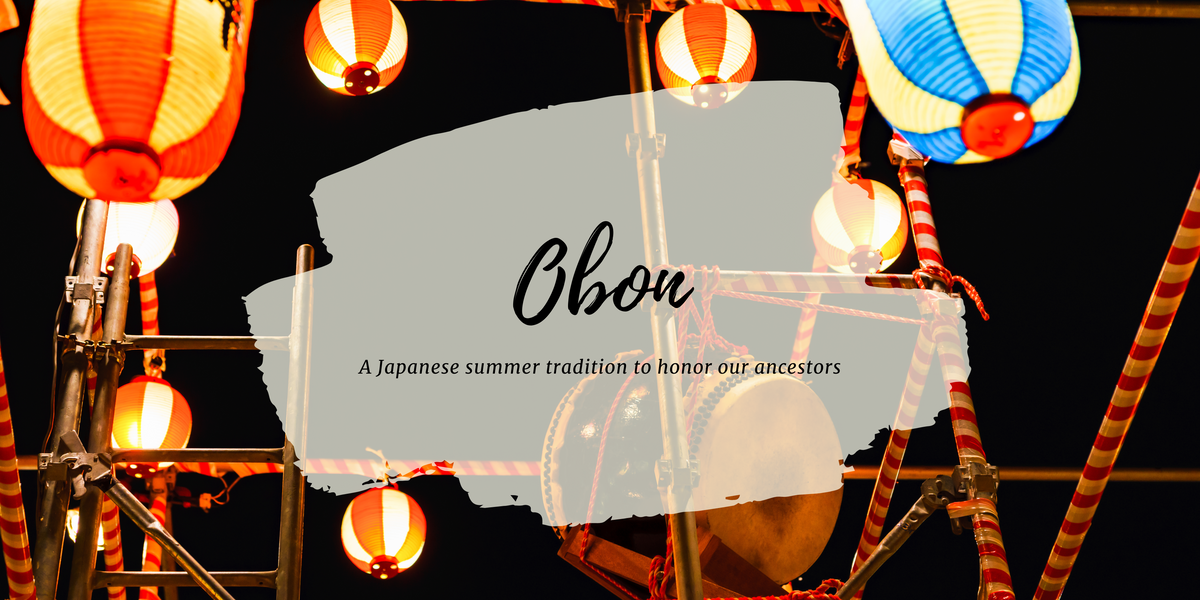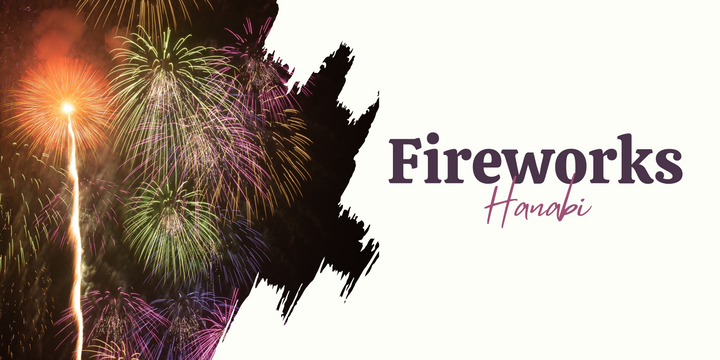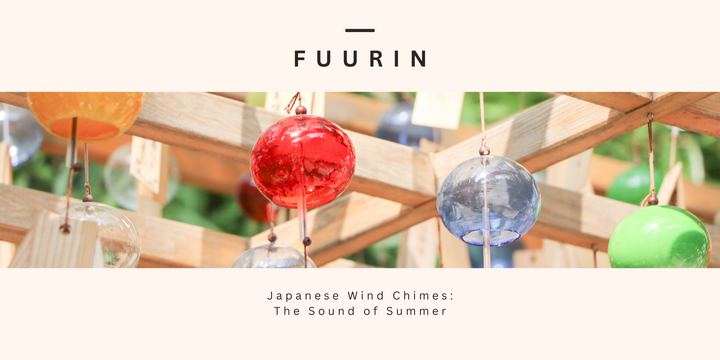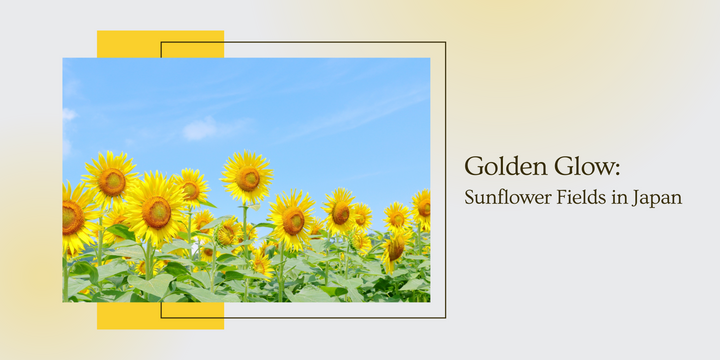Obon: Remember Me
Different communities and locations celebrate Obon in various ways, but all events aim to welcome ancestors, entertain them with gratitude, and see them off again.

Obon is a summer event where many Japanese people return to their hometowns to pay respect to their ancestors. The term "Obon" originates from Uranbon, a Buddhist festival to offer relief to the souls of ancestors. In Japan, records indicate Uranbon was held as a public event since the 8th century. Since then, it has merged with the belief in ancestral spirits, becoming a customary summer tradition to remember and honor ancestors as Obon. Different communities and locations celebrate Obon in various ways, but all events aim to welcome ancestors, entertain them with gratitude, and see them off again.
Some notable celebrations during this time:
- Awa Odori | Tokushima
- Funekko Nagashi | Iwate
- Shourou Nagashi | Nagasaki
- Kuroishi Yosare | Aomori
- Owara Kaze no Bon | Toyama
Awa Odori | Tokushima
The Awa Odori dance has a 400-year history. Although many theories exist about its origin, it is believed that the dance began to flourish in the late 1500s and became popular entertainment for the people. After World War II, it developed as a symbol of reconstruction. Nowadays, Awa Odori is celebrated throughout Tokushima Prefecture, starting with the Naruto City Awa Odori, held on August 9 every year. However, the most lively celebration is the Tokushima City Awa Odori, held from August 12 to August 15 annually. For four days, the entire city is enveloped in the rhythm and excitement of the dance. Dancers dream and polish their dances for this day.
- Date: August 12-15, 2023
- Time: 18:30 - 21:30
- Main Location: Ryokokuhonmachi Dance Stage and Shinmachibashi Theater
- Getting there: 5 - 7 min walk from JR Tokushima Station
- Website: https://www.awaodorimirai.com/
Funekko Nagashi | Iwate
舟っこ流し 2019.08.17#岩手県#盛岡市#舟っこ流し#写真は心のシャッター#岩手の夏#盛岡の夏#写真を撮るのが好きな人と繋がりたい#写真が好きな人と繋がりたい#ファインダー越しの私の世界 pic.twitter.com/WkpahskMcv
— mitsuo matsuzawa (@7Rrz0kbxQeH7qGQ) August 19, 2019
Community members collaborate to construct dragon-shaped boats adorned with lanterns, offerings, and images of the deceased. The boats are then gathered at the upper stream of Meiji Bridge, and after the ceremony, volunteers pull them one by one into the river to be set on fire. It is said that the festival began 280 years ago as a ritual to pray for the release of the dead from the river. Today, the festival is a way to honor ancestors and wish for good health and safety.
- Date: August 16, 2023
- Time: 16:00 - 19:30
- Main Location: Kitakami River near the Meiji Bridge
- Getting there: 7 min walk from JR Sembokucho Station
- Website: http://moriokafunekkonagashi.com/
Shourou Nagashi | Nagasaki
今日の長崎は精霊流し😀
— HandyK(Koya) (@handyk0221) August 15, 2020
久々に来たけどちょーうるさい😅
懐かしい感じです😊
しかしめちゃくちゃ人が少ない😐#長崎 #精霊流し #精霊流し2020 pic.twitter.com/lrMlxQoKR9
Every year on August 15th, to mourn the spirits of the deceased, families parade handmade boats through the city decorated with the deceased's hobbies and marked with their family crest, name, and town. The boats are made of bamboo, planks, straw, and other materials and come in various sizes. The festival continues into the night with the sound of bells, shouts, and firecrackers echoing throughout the city.
- Date: August 15, 2023
- Main Location: Nagasaki City, Shiambashi to Ohato Station
- Getting there: 15 min walk from JR Nagasaki Station
- Website: https://www.nagasaki-tabinet.com/event/51798
Kuroishi Yosare | Aomori
黒石よされ〜節〜どこにもないよ〜
— もりもりもーる (@morimorimall) August 5, 2023
サァーアンヨ♪
踊りに来いへ〜見に来いへ〜♫
津軽三味線と唄と踊りの黒石よされ!
ねぷたやねぶたとはまた違う魅力がある。
黒石よされ流し踊りは8月15日、16日💁♂️#黒石よされ #よされ #流し踊り #黒石市 pic.twitter.com/uOPEpnqTxH
The Kuroishi Yosare dance originated 500-600 years ago as a way to exchange love songs during the Bon festival. Today, it consists of three dances: Nagashi Odori, which involves up to 2,000 dancers parading through the city; Mawari Odori, which encourages audience participation; and Kumi Odori, featuring lively music and song performances.
- Date: August 15-16, 2023
- Time: 19:00 - 20:30
- Main Location: Nakamachi Komise Street
- Getting there: 10 min walk from Kuroishi Station
- Website: https://kuroishi.or.jp/english/en-top
Owara Kaze no Bon | Toyama
幽玄な世界。#おわら風の盆 pic.twitter.com/ffFjla35hh
— Eiichi Yoshioka (@EiichiYoshioka) September 5, 2022
The Owara Kaze no Bon Festival is an annual event from September 1 to 3. Figures in matching yukata peek out from between braided hats. The event showcases each town's traditions and individuality as they sing and dance. After the mountains turn red at dusk, the Bonbori lanterns along the rows of houses are lit, giving off faint lights.
- Date: September 1-3, 2023
- Time: 17:00 - 23:00
- Main Location: 11 sites across Yatsuo Machi; the Fukushima area is closest to the station
- Getting there: 5 - 60 min walk from JR Etchū-Yatsuo Station, depending on the location
- Website: https://www.yatsuo.net/kazenobon


